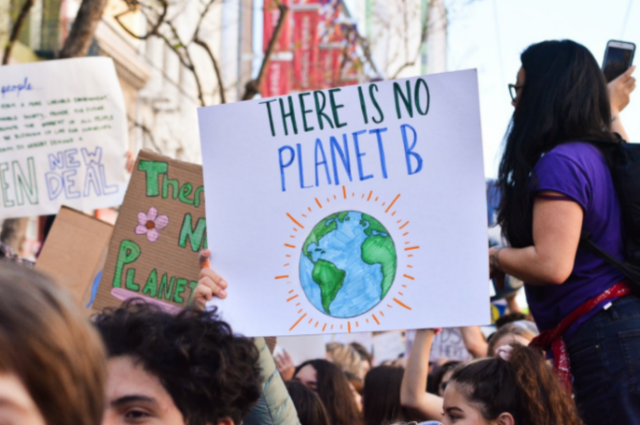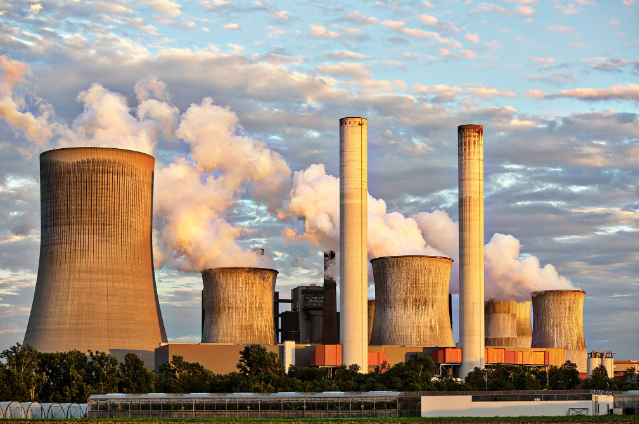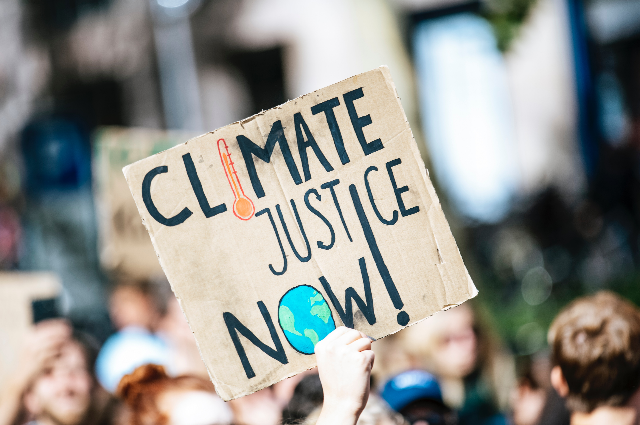
A paradigm shift in environmental management
Refers to a change in the way that society approaches and addresses environmental issues. This change is characterized by a shift in thinking and understanding, as well as a change in the methods, policies, and practices used to manage and protect the environment. It often involves a move away from traditional, reactive approaches to environmental management, such as simply responding to pollution after it has occurred, towards more proactive and preventative approaches that focus on sustainable development and conservation.
Currently, the world is facing a number of significant environmental changes, including:
- Climate change: The Earth's climate is warming at an alarming rate, primarily due to human activities such as the burning of fossil fuels and deforestation. This is leading to changes in weather patterns, rising sea levels, and more frequent and severe extreme weather events.
- Biodiversity loss: The loss of biodiversity is happening at an unprecedented rate due to habitat destruction, overconsumption, pollution, and climate change. Many species are facing extinction and ecosystems are being severely impacted.
- Air and water pollution: Air and water pollution are major environmental issues that are affecting the health and well-being of people and wildlife. Industrialization, transportation, and agriculture are major sources of pollution.
- Soil degradation: Soil is an important resource that is being depleted at an alarming rate due to industrialization, overuse, and urbanization. This degradation is impacting food security and the ability of the land to support life.
- Plastic waste: Plastic waste is one of the most visible and pressing environmental problems. Plastic pollution is harming marine life, wildlife, and human health. It can take hundreds of years to degrade and is polluting oceans, rivers, and even remote areas.
- Deforestation: Large areas of forest are being cleared for agriculture, urbanization, and resource extraction, resulting in the loss of biodiversity and habitats, as well as contributing to climate change by releasing carbon stored in trees.
Companies can have a significant impact on climate change

Through their operations and supply chains. Some ways in which companies can contribute to climate change include:
- Emissions from energy use: Companies use energy to power their operations, and if that energy is derived from fossil fuels, it can result in greenhouse gas emissions that contribute to climate change.
- Pollution: Companies can also contribute to climate change through the pollution they generate, such as air and water pollution, which can harm the environment and human health.
- Supply chain emissions: Many companies rely on a global supply chain to produce their goods, and the emissions from these supply chain activities can be a significant source of greenhouse gas emissions.
- Transportation: Many companies rely on transportation to move goods and people, and transportation is a major source of emissions, from the shipping and air transportation sectors.
Companies can also take action to reduce their impact on climate change
Such as transitioning to renewable energy, implementing sustainable practices in their operations and supply chains, and investing in research and development of new technologies. It's also important for companies to disclose their greenhouse gas emissions and climate risks so that investors and other stakeholders can make informed decisions about their investments and engagement with the companies.

There are several ways to stop or slow down climate change, including:
- Reducing greenhouse gas emissions: The most significant way to slow down climate change is to reduce the number of greenhouse gases that are released into the atmosphere. This can be done by transitioning to clean energy sources, such as wind and solar power, and by implementing policies to reduce emissions from transportation and industry.
- Carbon capture and storage: This technology captures carbon dioxide from power plants and other industrial sources before it is released into the atmosphere, and stores it underground or in other long-term storage facilities.
- Improving energy efficiency: We can slow down climate change by using energy more efficiently. This can be done by using energy-efficient appliances, buildings, and vehicles, and by implementing energy-efficient policies and practices.
- Planting Trees: Trees absorb carbon dioxide from the atmosphere, so planting more trees can help slow down climate change.
- Changing consumption patterns: Changing consumption patterns and reducing waste can also help slow down climate change. This can be done by reducing the use of single-use plastics, eating less meat and dairy, and choosing products that are more sustainable.
- Adaptation: Climate change is already happening, and it is important to adapt to the changes that are coming, for example by building sea walls, changing agricultural practices and urban planning.
It's important to note that individual actions are important, but systemic change is crucial to stop climate change, so it's important to advocate for policies that address the problem on a larger scale.
For companies, it's crucial to take action on climate change not only for the sake of the environment but also for their long-term business sustainability. As governments and investors are increasingly demanding more transparency and accountability on environmental issues, companies that take action on climate change will be better positioned to compete in the long run.
